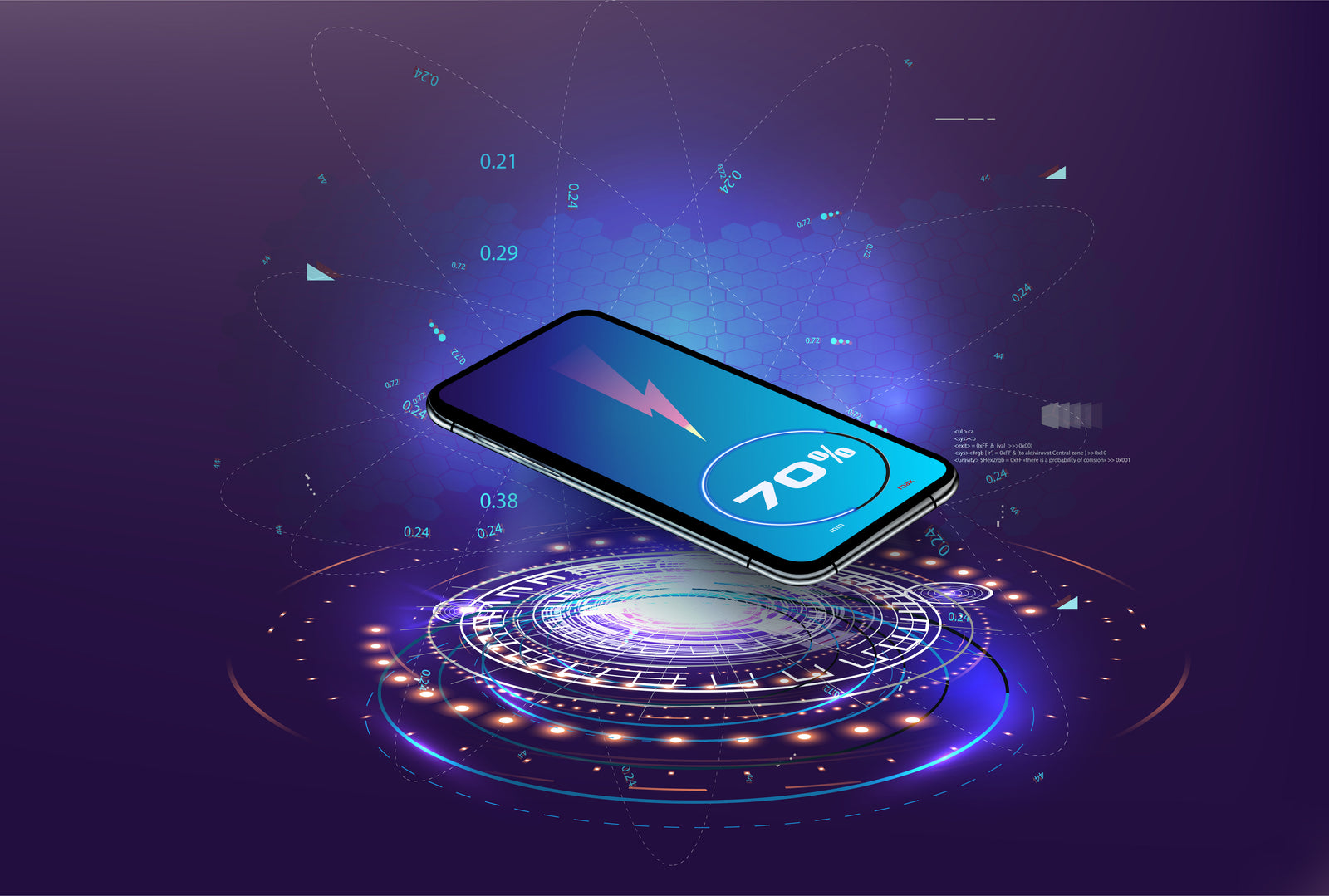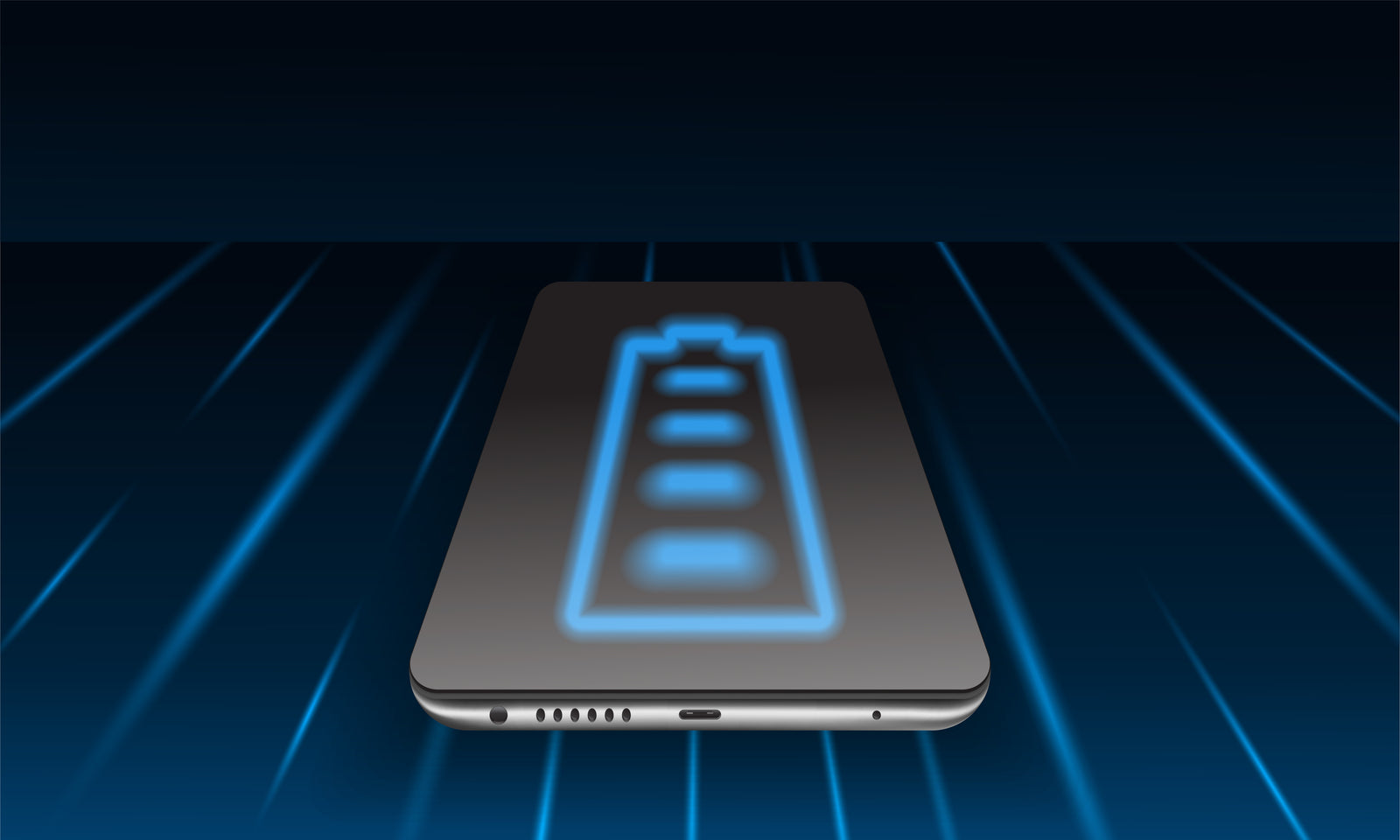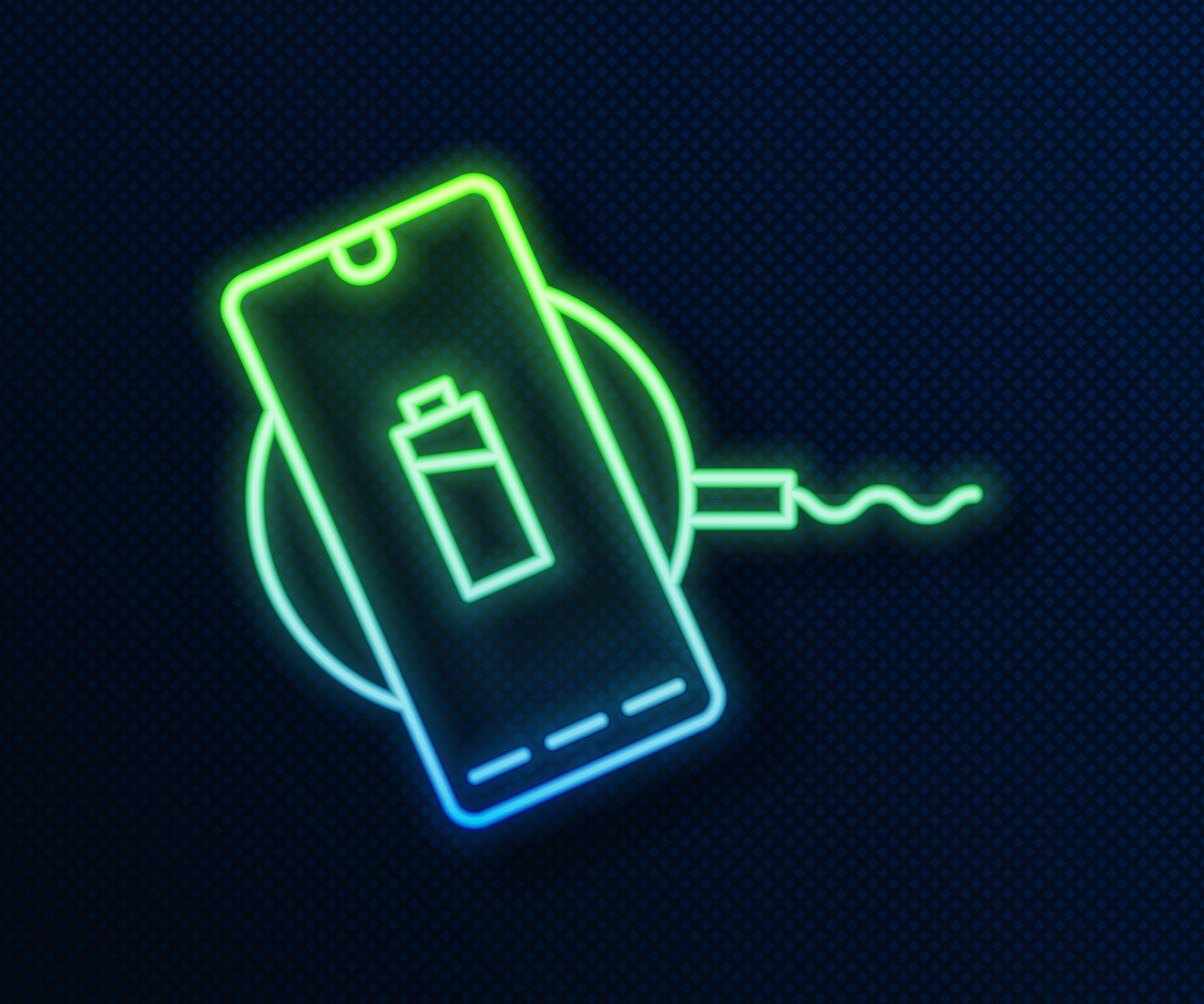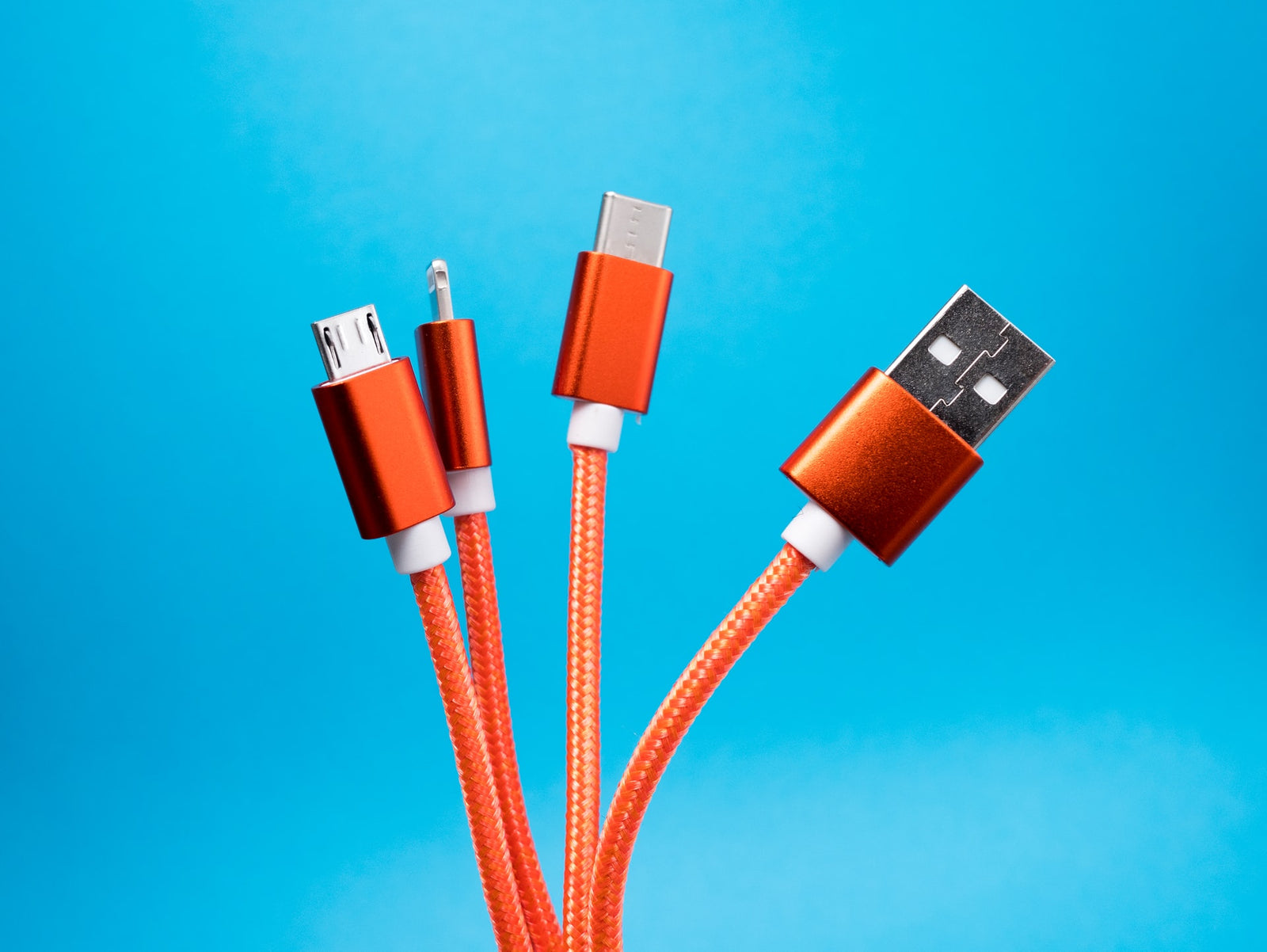
All About Qi
All About Qi
Although pretty straightforward at the moment, we can expect wireless chargers to branch out in more specific areas in the near future because different Qi-ready devices have different power requirements.
For starters, you will need to first understand the difference between different types of wireless chargers and how their output capabilities differ from one another. In that regard, output strength is calculated in watts per hour. As you would expect, a higher w/h capacity translates into a faster and more consistent charge.
- Can wireless chargers penetrate all surfaces?
- in-desk wireless charger
- through desk wireless charging
- 20 August, 2021
- 4 min read
There shouldn’t be any doubt on whether phones with wireless charging impact how people use smartphones in this day and age, because they do.
- in-desk wireless charger
- reliable wireless charger
- through desk wireless charger
- why invisible wireless charging
- 29 July, 2021
- 3 min read
If you’ve been introduced to using wireless chargers, you will undoubtedly understand the insane utility of owning such a gadget in this day and age.
- 26 July, 2021
- 3 min read
It should be well known by now that desk grommets provide a very subtle yet practical solution to wire clutter, so the prospect of a grommet wireless charger should definitely excite you if you’re a forward-thinking person.
- 17 July, 2021
- 4 min read
It goes without saying that chargers are essential for anyone in this day and age who owns a mobile device, which is pretty much everyone at this point in time. Practical by nature, chargers have evolved a lot in shape, form, and functionality over the years, to the point where newer chargers don’t even use wires anymore.
- acquire a desk qi charger
- in-desk wireless charger
- through desk wireless charger
- through desk wireless charging
- 02 July, 2021
- 4 min read
Even though the technology still has a long way to go considering its tremendous potential, the options one has in regards to wireless chargers are quite versatile right now. You can get your wireless charging under desk if need be, on the table, built into the furniture, or in a stand-alone form with a charging pad that you can set up anywhere you want.
Free from the constraints of plugging and unplugging, wireless chargers offer a much greater versatility when it comes to charging a wide range of modern devices. This, however, wasn’t always the case as we are about to find out. If anything, earlier wireless chargers were just as rigid and inconvenient as traditional chargers.
- acquire a desk qi charger
- clutter-free wireless chargers
- in-desk wireless charger
- reliable wireless charger
- 07 June, 2021
- 4 min read
The use of wireless chargers has increased a lot over these past few years and it’s easy to see why. Not only does wireless charging provide a practical alternative to traditional chargers but it also becomes a matter of convenience and accessibility for anyone who no longer wants to deal with clutter and loose wires around their desk.
Most of you should know by now that wireless chargers are built to meet specific criteria and that they differ from one another in terms of shape, form, installation, and general purpose. What many of you might not know is that the spectrum of wireless charging devices continues to expand on a regular basis.
The emergence of new technologies has always been at the forefront of workplace evolution, and wireless technologies have done more to change the modern workplace than any other invention.
- 27 May, 2021
- 3 min read
While the furniture itself may not be all that charger-friendly at this point in time, the selection of ingenious wireless chargers that you can repurpose for the task is certainly worth looking at. To be more precise, some wireless chargers like InvisQi can deliver a consistent charge through surfaces up to 30mm thick.
- 20 May, 2021
- 2 min read


















